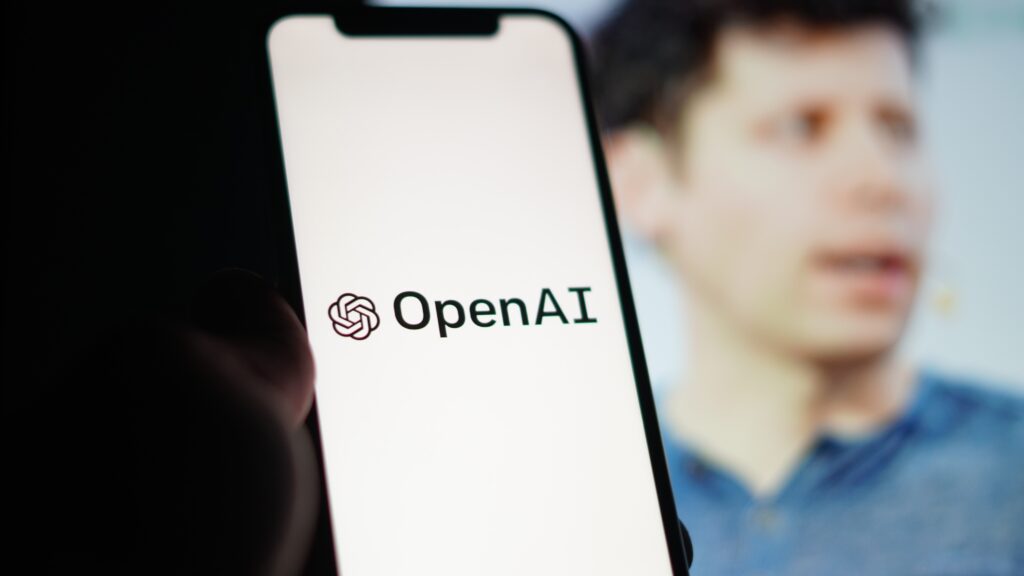The events of the last few weeks demonstrate how critical communications planning is to safeguard your reputation and win in the court of public opinion.
The events that played out in the public sphere around OpenAI over the last few weeks have undoubtedly made it one of the biggest stories of the year. We saw the world’s hottest generative AI company fire its superstar CEO, Sam Altman, and then go through three CEOs in just under a week. The whole saga of speculation then ended with the company having the same CEO it started with.

Though the headlines provided nail-biting entertainment, it’s quite literally a guideline for how to fail at communications and create your own crisis in a matter of days. What’s most shocking is how the whole mess could have been avoided in the first place.
Though there are several lessons to be gleaned from this, perhaps the most important is how critical communications planning is to mitigate risk in situations like this. As the story develops and speculation continues, here’s our breakdown of the three most important communications lessons every business can learn from the debacle.
1. Communications and crisis planning is everything.
It may be cliché, but it’s true when they say that the worst time to start planning for a crisis is when you are in the middle of one. The OpenAI scenario shows us what happens when basic communications planning is completely absent in decision-making. When the board decided to oust Altman, multiple strategic considerations fell by the wayside, including:
- Stakeholder mapping to understand how the decision will impact relationships with people and organisations influential to the business.
- Scenario planning to consider as many eventualities as possible along with the necessary responses, internal communications and escalation processes.
- The creation of internal task forces comprising people within the organisation who are informed and aware of the situation and know where to direct the flow of communications, from staff questions to media enquiries.
- Media and influencer auditing to anticipate the impact of the decision on external perception of the company and brand — and early identification of any journalists that might need to be briefed in detail to ensure stories are based on facts rather than speculation.
The resulting shock and outrage, as well as the huge pushback on the board’s decision on almost all fronts, speak for themselves in underscoring the potential fallout that comes with ignoring communications planning.
2. The right people need to be informed — at the right time.
The whole chronology of OpenAI events was every communications person’s nightmare because it went against the basic logic of cascading information to the right people at the right time. No one seemed to be made aware of this at a time when they could provide any meaningful input. Even the best PR people can’t do much if they are simply brought in at the end. They, along with lawyers and several key advisors, must be part of any major business change from the beginning.
The press release going to the media before employees, investors and influential stakeholders, such as Satya Nadella and Microsoft, were informed, embodies everything we warn clients about when they choose to ignore these processes. The way people found out, along with the board’s inability to provide clear and concrete information or follow-up, created much of the criticism around OpenAI in the media and the court of public opinion.
3. Proactive transparency and concrete information are necessary to back up big decisions.
The final lesson from this train wreck is the importance of transparency and having concrete information around decisions of this magnitude. Even journalists, who usually love surprises, were upset at the way the news came out as it opened a pandora’s box of conjecture based on scraps of vague, unverifiable information.
Simply saying that the CEO you are firing ‘was not consistently candid in his communications with the board’ without concrete examples is not only going to be challenged, but it also leaves your reputation susceptible to the rumour mill that a lack of clarity instigates. Decisions like this, backed with patchy information and a lack of follow-up, do not play out well in the real world.
It emphasises the need to be proactively transparent about why the decision was made, the ensuing course of action, and what it means for the business, its people and other key stakeholders. The fact that Sam Altman is now back at OpenAI and people are none the wiser as to why he originally left weakens the credibility not just of the board but the entire organisation.
OpenAI’s episode has shifted focus away from the promise of generative AI to the makeup of the companies responsible for it. It is remarkable that a company with so much riding on it could have overlooked the fundamentals of communications and crisis planning. As an industry, AI will carry major concerns around ethics, safety and governance for the foreseeable future. Other players in AI and, indeed, all areas of emerging technology cannot afford to be so blasé when it comes to explaining themselves to the world.
To find out more about how we can support you with communications and crisis planning, get in touch at [email protected].

